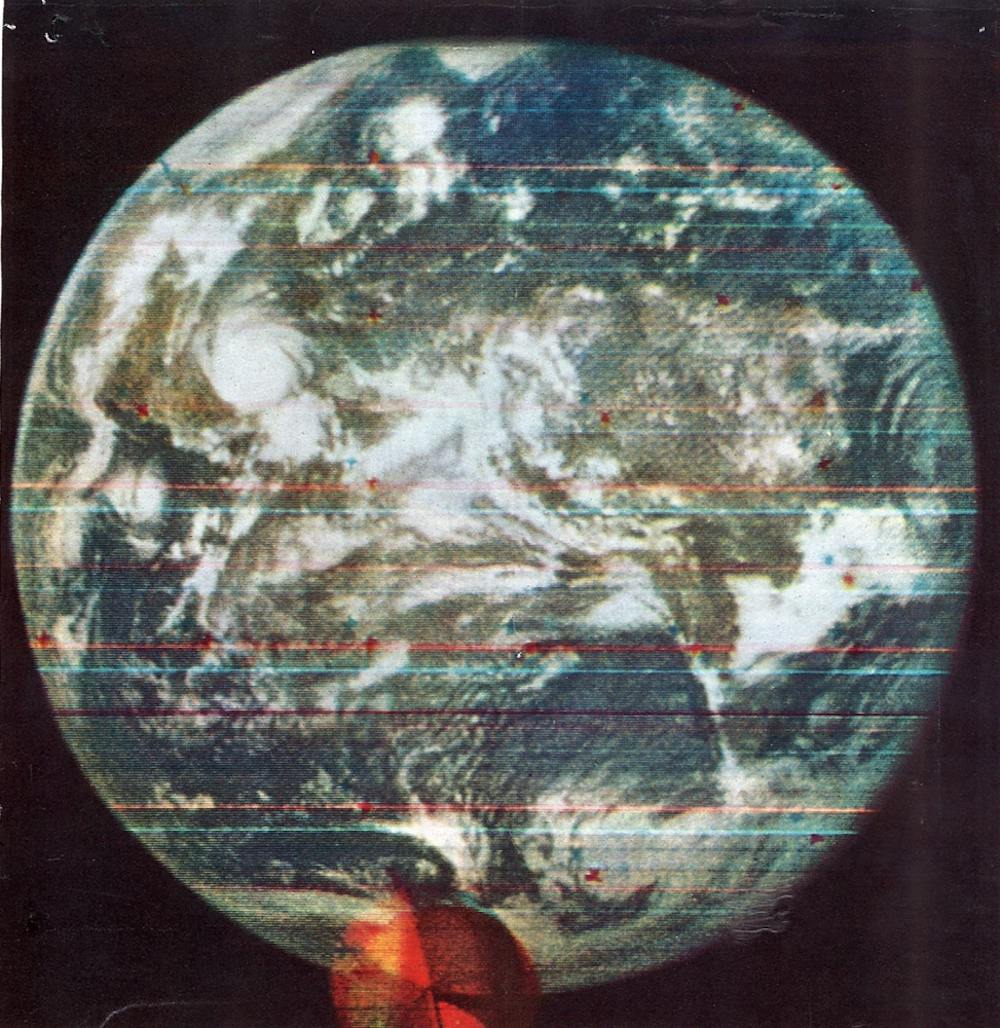Since it marks the 50th anniversary of the moon landing, 2019 has prompted many to look back on the journey to explore what lies beyond planet Earth. Since the dawn of space exploration, our University’s Applied Physics Laboratory (APL) has been a pioneer of engineering innovative space missions. One of the many feats it has accomplished involved producing the first color image of the full earth on Sept. 20, 1967 — two years before the moon landing.
This image was captured by the Department of Defense Gravitational Experiment (DODGE) satellite. Its camera took three pictures using a red, a green and a blue filter. Subsequent processing produced the final color photo.
Bloomberg Distinguished Professor Charles Bennett from the Department of Physics and Astronomy explained the significance of this image.
“We tend to think of the earth as huge and firm beneath our feet,” Bennett said in an interview with The News-Letter. “Yet, when we see the picture, we see that we live on a finite-size body floating in space. This naturally raises our curiosity of what else is out there.”
The DODGE satellite was primarily manufactured by the APL. Its main objective was to stabilize the orientation of spacecraft in the gravitational field of a planet or moon. With the 10 retractable booms it carried on board, the DODGE satellite performed various gravity experiments and provided valuable data for future spacecraft control. In addition, DODGE was also outfitted with devices capable of measuring the earth’s magnetic field, and two TV cameras, which documented the historical photo.
The APL was originally established to solve technical problems that were immediate consequences of World War II. As the war wound down, Hopkins took over APL as an effort to make it a place of permanent problem-solving capability for the country.
One of the fascinations of space exploration is that it allows us to realize the relative size of the planet.
“Our earth is tiny compared with our solar system and even a smaller part of the universe,” Bennett said.
APL continues to advance space systems by stepping up to solve key technical problems. Hopkins plays a leading role in space research, with the operation of the Hubble Space Telescope carried out on the Homewood Campus. In 2021, the James Webb Space Telescope will launch, also dispatched by Hopkins.
Such innovative breakthroughs excite not only professionals in the field but also students. JD Carrizo, a freshman majoring in Chemical and Biomolecular Engineering, explained his own fascination with space.
“I think of the cosmos as the next step of human conquest,” Carrizo said in an interview with The News-Letter. “Ever since my Apollo 11 presentation in fifth grade, I’ve been really curious about space exploration, and with the renewed interest of going back to the Moon and getting to Mars, I knew this was the perfect time to get into this world of space exploration.”
Carrizo is excited to start his Hopkins career off by joining the Students for the Exploration and Development of Space (SEDS), a student organization that encourages its members to promote space-related activities and development, as part of the organization’s policy team.
As impressive accomplishments are celebrated, it is also important to remember that none of them could have been achieved without a broad range of expertise.
When it comes to space research, Hopkins connects an array of departments and institutions together in the pursuit of knowledge.
This network of collaboration involves various divisions across multiple schools within Hopkins, including the Krieger School of Arts and Sciences, the Whiting School of Engineering and the School of Medicine. Outside of the classroom, Hopkins oversees research at the APL as well as the Space Telescope Science Institute. The University also works in collaboration with space science institutions on both the state and national levels.
The extensive partnerships that Hopkins fosters bring together astronomers, planetary scientists, biologists, doctors, engineers and more; one can look with awe and inspiration to the breadth and depth of developments in space exploration that their efforts will achieve.





